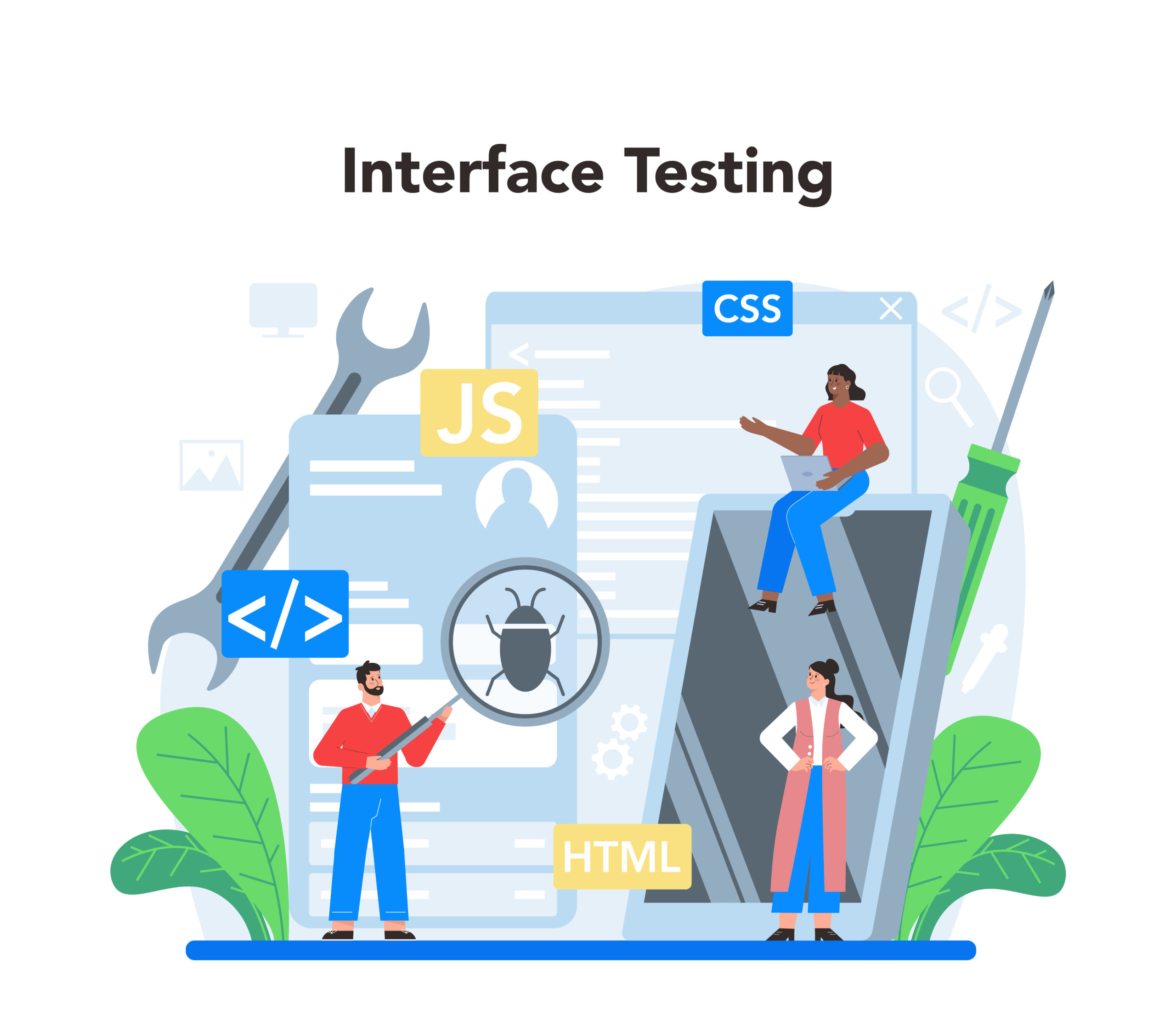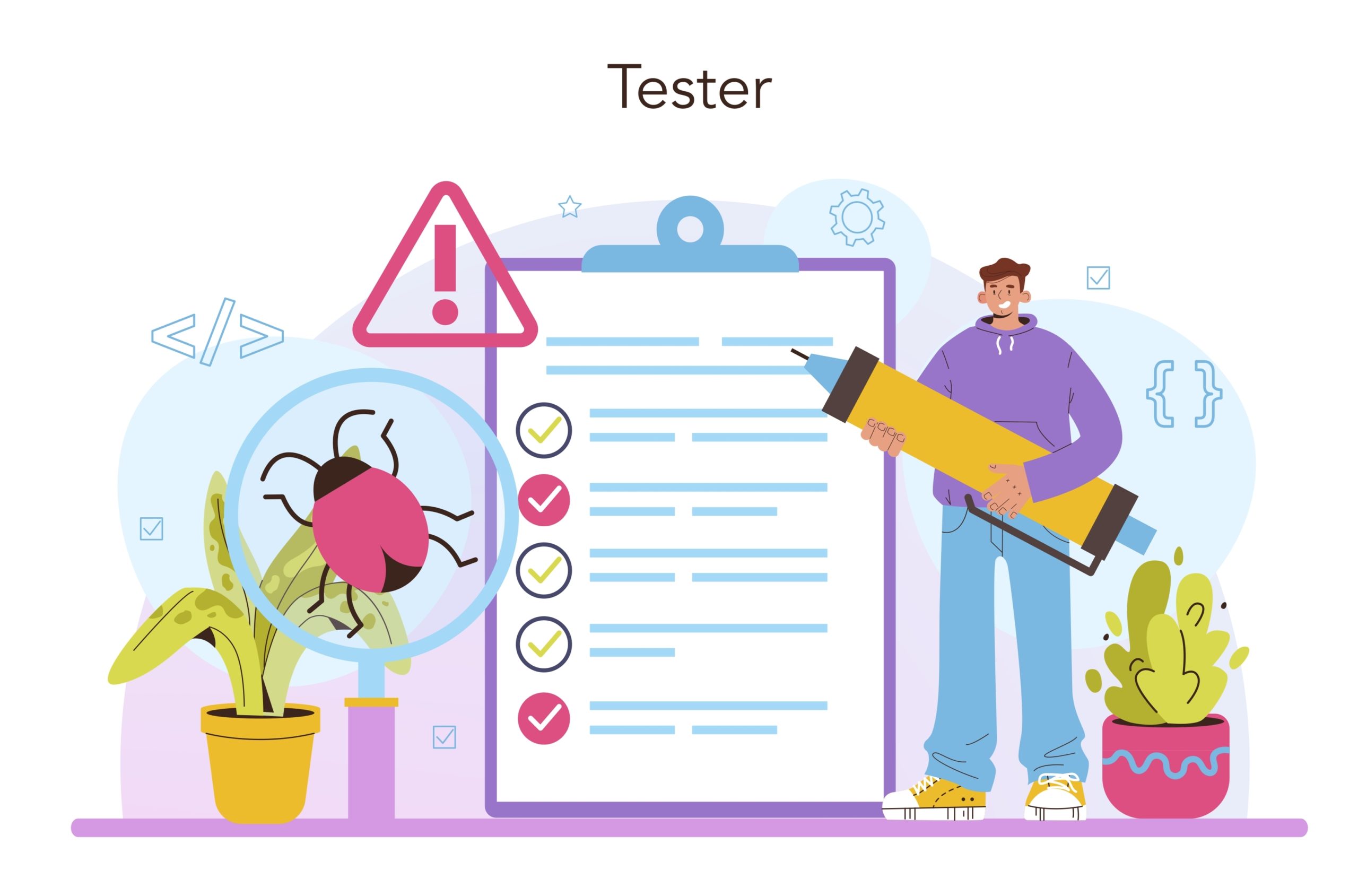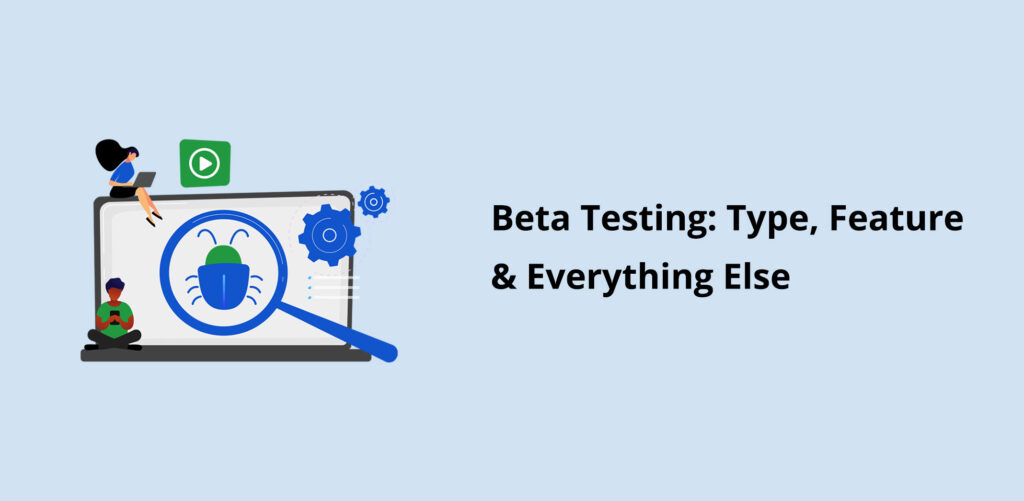“A pinch of probability is worth a pound of perhaps.”— James Thurber
One of the key stages in any product development process is beta testing. Beta testing serves several functions, but they all have one goal in common: to improve the consumer experience.
Users are smarter than ever before and are aware of their options; if you fail to provide a decent user experience through your mobile apps, they will go on to other options in the blink of an eye.
Beta testing is the process of testing a product or service before it is made widely available to the public. While it can be time-consuming, beta testing is an important step in ensuring that your product is ready for the market.
Some of the benefits of beta testing are quality, performance, stability, security, and dependability. Let’s discuss the significance of beta testing and how it may elevate the user experience to a whole new level.
What is Beta Testing?

Beta testing tests a product or service before it is widely available to the public. It is usually done by a small group of users chosen for their ability to provide feedback and identify problems.
Beta testing aims to find any bugs or issues with the product or service before it is released to the general public. This allows companies to gather feedback & make necessary changes or fixes before the product or service goes live.
Beta testing reduces the likelihood of product failure and improves product quality through customer validation.
Although, there is no standard for how a beta test should look or how to set it up. The testing technique should be relevant to your testing objectives.
There are, nevertheless, a few elements that a product must meet in order to be suitable for beta testing:
- The product should be in a complete state, meaning it should have all the features that are planned for the release version.
- The product must be stable, i.e., test participants should not face unpredictable crashes.
- Participants in the testing should be from the product’s target market.
- Participants in the test should undertake the Beta testing in real-world scenarios while interacting with the product & not in lab environments.
What are the Types of Beta Testing?
Beta testing is classified into five types. Each of them contributes to the quality of the product created by your team. Despite their obvious similarities, the beta testing types differ significantly from each other.
These are the 5 types.
Closed Beta Test

Closed beta tests are simply the distribution of a product to a small number of real people who will test its features and functionalities.
This type of beta test has a limited number of testers, and the specific number varies greatly depending on the needs of the creators and the product itself.
Closed beta tests are created for a small group of testers who are asked to participate and provide feedback. This is frequently done to ensure that the product is only accessible to individuals who have a specific need or skill level.
As a result, closed betas are more limited in scope than other types of tests. But, it also makes it easier for the designers to track and receive control feedback.
They can be effective in situations like when developers need to test specific features of a new product, such as a user interface, for a target audience.
They can be effective in situations like when developers need to test specific features of a new product, such as a user interface, for a target audience.
Open Beta Test

In contrast to closed beta testing, open beta testing does not limit the number of testers involved. Because of this, a public beta is sometimes referred to as an open beta.
It’s effectively crowdsourced testing, and with the public testing market developing at an exponential rate, it’s no surprise that open betas are a handy approach to evaluate your product.
This type of beta testing is ideal for gathering quantitative data about your target consumers’ interaction behaviors.
This type of testing also provides information about how well your system works – whether your backend/infrastructure can handle many people.
However, analyzing the outcomes of open beta testing can be difficult, especially if you have many test participants.
Fun Fact: Google beta-tested Gmail for 5 years before it was fully usable and publicly available.
Technical Beta Test

Technical beta testing is typically a subset of closed beta testing. A technically focused beta test is conducted with a group of tech-savvy users (often an internal group within the firm).
This beta testing aims to find complex bugs and deliver high-quality system testing reports to the engineering team.
And because tech-savvy test participants are more tolerant of minor errors, the testing becomes more concentrated, and participants are more willing to complete the testing despite their difficulties.
Focused Beta Testing

This type of beta testing is generally used when a product team wants feedback on specific features. The team releases the product to the market in order to obtain feedback. This is usually done when new features are added to current goods or products.
Marketing Beta Test

Marketing beta testing aims to generate media attention for your product. In general, this form of beta testing can also support evaluating your marketing channels, and it can help you understand how customers respond to new product features.
Marketing beta testing also helps determine whether prospective buyers’ interest in the product is random or consistent. If promising leads lose interest before the product is even launched, then the product lacks appeal and is unlikely to have high retention levels.
That’s great to know ahead of time, especially since low retention rates can be fixed within the first weeks after testing.
Of course, optimizing your marketing does not ensure immediate retention increases. It does, however, ensure that your product’s purpose is in the right direction, allowing you to narrow down specific factors that are preventing customers from interacting efficiently.
Benefits of Beta Testing
Beta testing allows businesses to gather feedback and make necessary improvements before making the product or service available to the general public.
There are several advantages of beta testing, including
- It lowers the chance of product failure through customer validation.
- Allowing businesses to identify any potential issues with the product or service & making necessary changes before the product or service is made available to the public.
- It aids in detecting unexpected errors that the in-house QA team might have missed.
- Beta testing enables a firm to test the product infrastructure post-launch.
- Feedback from customers aids in enhancing product quality.
- Comparatively less expensive than alpha testing.
- It allows businesses to create a buzz around the product or service.
Drawbacks of Beta Testing
- Beta testing can disrupt your regular operations if you’re constantly making changes based on feedback.
- Involvement of actual clients and users can delay the product launch process due to several lines of feedback.
- The feedback can be inaccurate if the beta testers do not have sufficient knowledge about how the complete application or product functions.
- High chances of several duplicate bugs.
- If there is a lot of negative feedback, this could result in bad press for the product.


